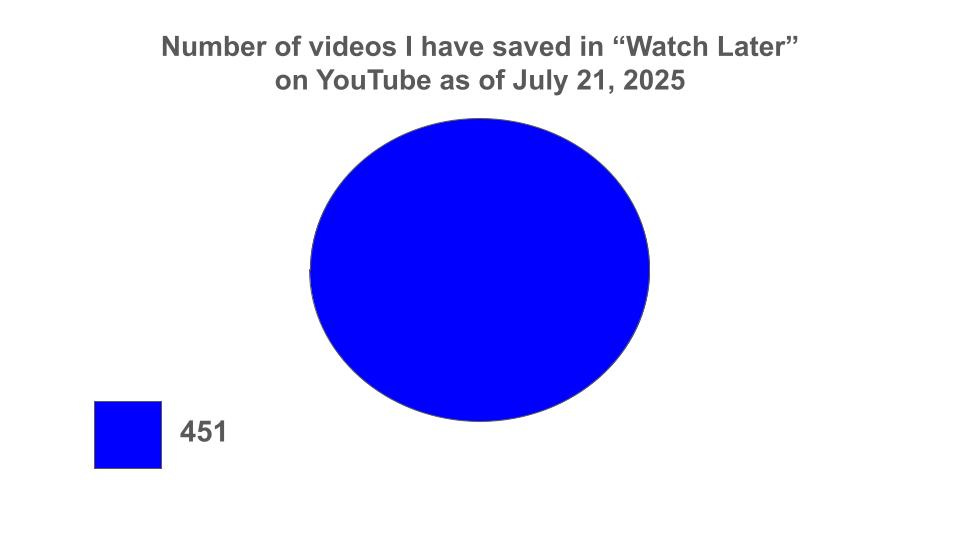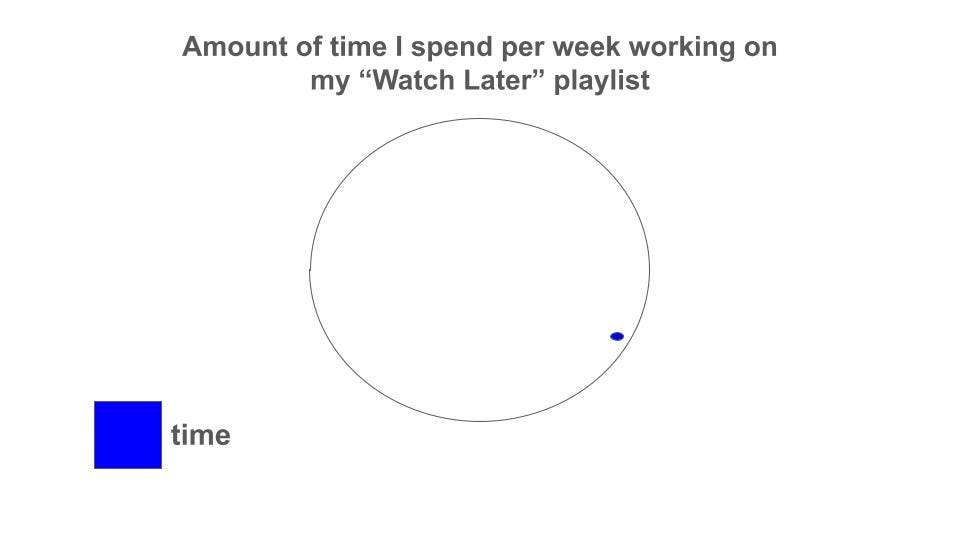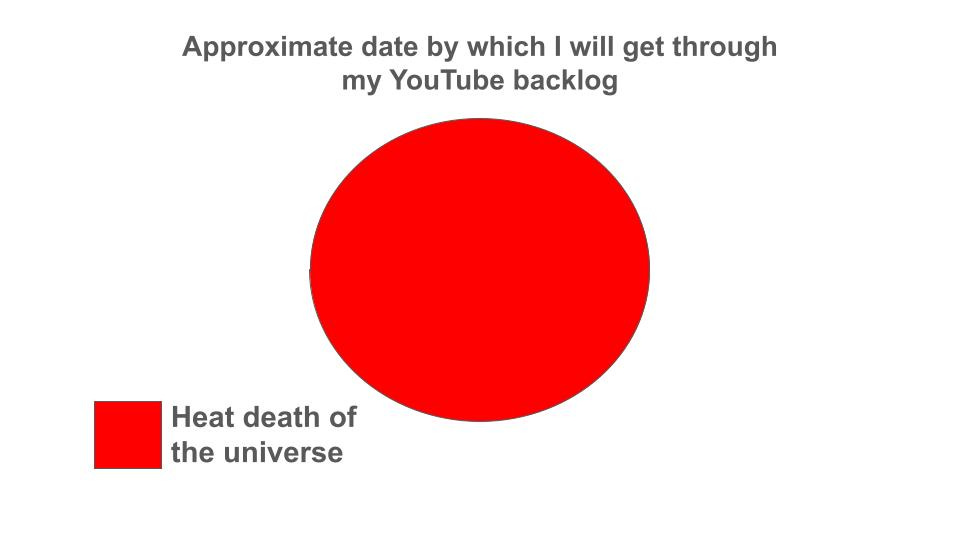If you want to read this full post and my previous/future paywalled posts, you can use this link to get a one-year subscription for $19.80—about $1.65/month. I plan to write about one paywalled post a week, so we’re talking pocket change per piece. If you want to show your support, this is a really great way to do it, for less than one month of a premium Netflix subscription. If not, no worries—I’m still going to write about one free post a week as well.
You there—yes, you! Do you have a massive backlog of videos, articles, games, and shows to get through? Do you spend all day on your phone or laptop, yet each day you end up more in the hole, like you’re trying to work off a loan from the mob?
No? Just me? Hm.
Well I know I’m not completely alone, thanks to this article by
’s called “Hoarding-Type Scrolling.”Harjas identifies a few types of scrolling: (1) watching-type (i.e. short-form vertical video); (2) reading-type (i.e. Reddit, Substack Notes); and (3) hoarding-type. On the last of these, he says:
And sometimes, if I find a good [] post, I’ll save it to my queue[.] Instead of reading these posts, I stash them away in the same place. And then…I continue scrolling?
I read this and thought: Uh oh.1 I’m in this post and I don’t like it.
Some hard, rigorous data about my online hoarding
As long-time Fare Well Files readers all know, this Substack is highly data-driven.2 So here are some stats, facts, and figures about my internet usage. I know pie charts are the gold standard for data presentation, so I will be using them exclusively. First, a chart about my YouTube backlog (Fig. 1):
That’s right: I have hundreds of videos that, in theory, I “plan” to watch “later.”
Based on a 46-video sample consisting of every tenth video (1, 10, 20…440, 450), the average duration of these videos is 29 minutes. That means that I have roughly 218 hours of YouTube videos that I ostensibly intend to watch. This does not include Tim Rogers’s recent video about the video game L.A. Noire, which has the modest runtime of 9:39:45—that’s right, nine and half hours—which in theory I want to eventually watch. Send help.
By the way, here’s the approximate amount of time per week I spend watching videos from this saved list (Fig. 2):
I was going to leave the circle completely blank, but I actually do occasionally throw one of these on when I’m washing dishes or something.
But this is only a tiny piece of the story: I have 46 other playlists on YouTube, where I categorize the videos I’m saving. Now, not all of these are actually things I’m hoping to watch later—some are references I might need if I’m doing a video editing project or something like that. But for the most part, I’m saving these because, in theory, I want to be able to find them again.
So by my estimation, this is how long it will take me to get through my entire backlog (Fig. 3):
And this is just YouTube. I have backlogs across myriad sites and mediums. What on Earth is going on here?
I am dumb
Alas, many such cases. But let’s dig deeper.
My personal taxonomy of “scrolling-types”
Harjas’s framework was helpful for me as a starting-point for thinking through these questions, but ultimately didn’t feel like it mapped onto my personal experience. For anyone more like me, I want to propose a different framework—one based not on medium, but on time required to consume it (Fig. 4):3
When I reach for content, I tend to approach it like I would a purchase: what’s my budget, and what can I get for that? And in this case, the budget is a function of time I have to spend, rather than money.
Keep reading with a 7-day free trial
Subscribe to The Fare Well Files to keep reading this post and get 7 days of free access to the full post archives.








